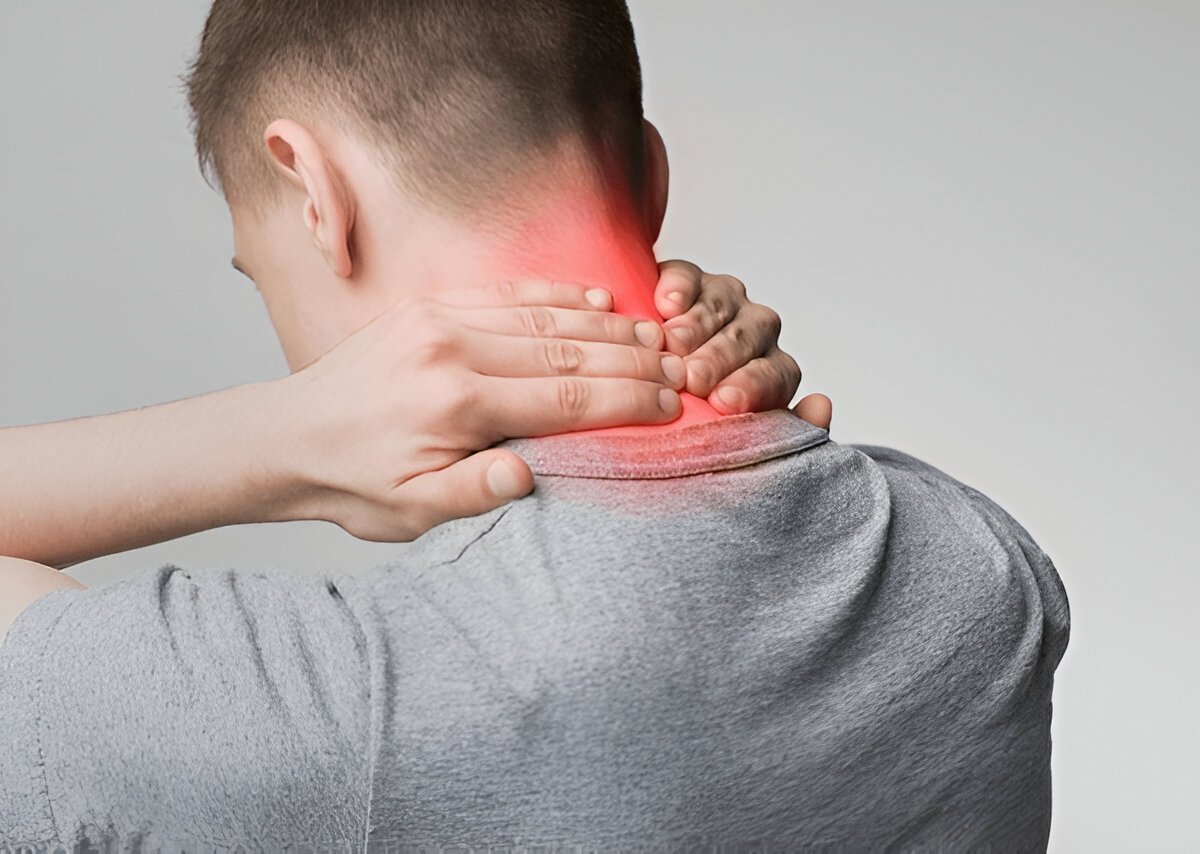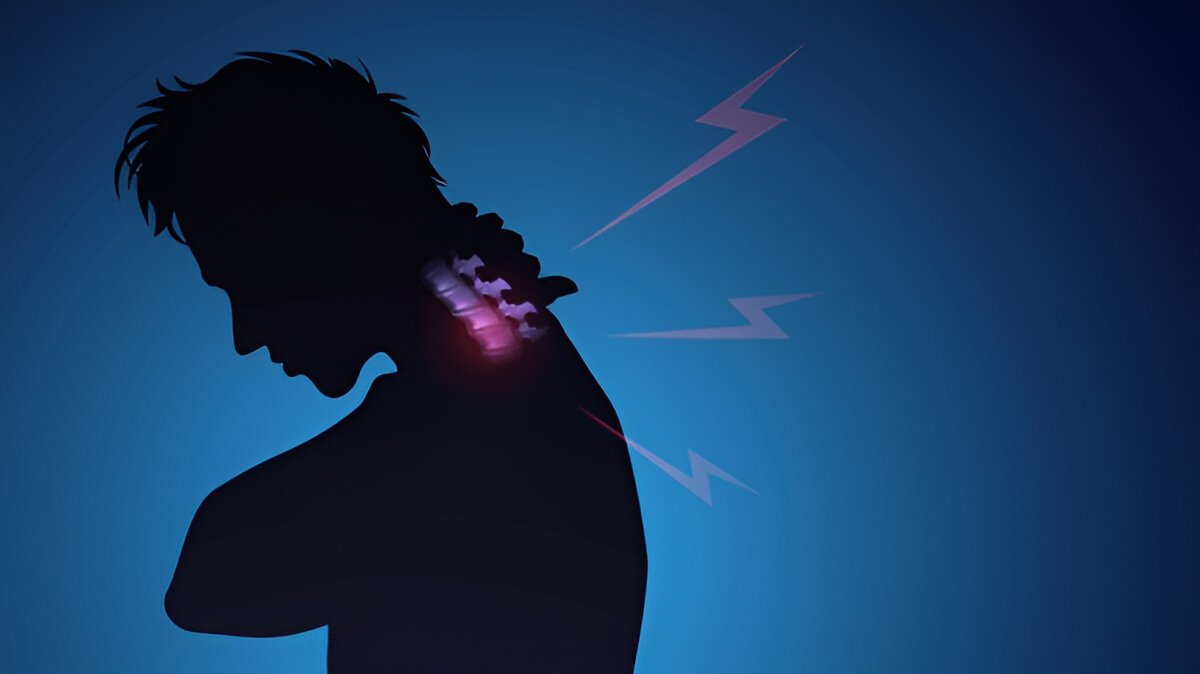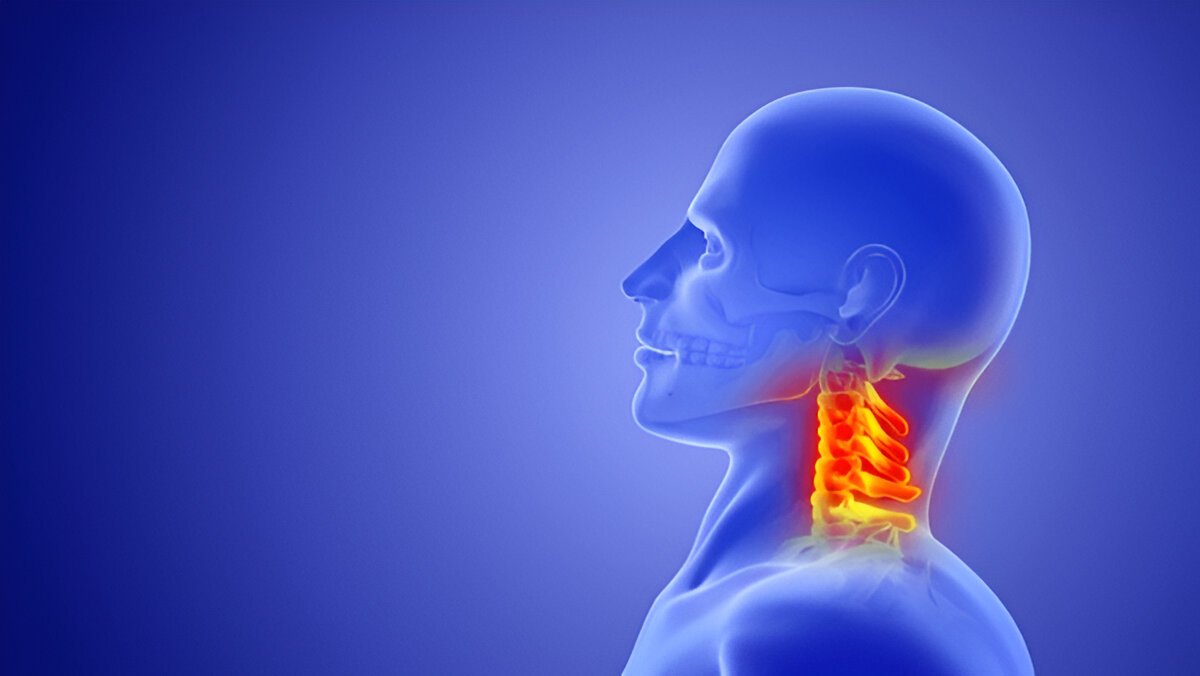
Struggling with Neck Pain? How Physiotherapy Eases Cervical Spine Conditions
Introduction
The cervical spine is one of the body’s most vulnerable yet essential parts. The cervical spine supports the weight of your head and lets you move it in many directions, making it essential for everyday activities. But modern habits like prolonged screen use and poor posture have made cervical spine disorders more common than ever. Cervical spine issues can lead to radiating pain, limited mobility, and even nerve compression if untreated. If you’re recovering from spine surgery or have a long-term issue, physiotherapy is important for recovery. This blog will explain the cervical spine, common problems, how physiotherapy helps, and what you can expect during treatment. We’ll also highlight why this is particularly relevant in Singapore.
Understanding the Cervical Spine
Structure and Function
The cervical spine is made up of seven small bones, known as C1 to C7, located at the top of the spinal column. It holds up the head, protects the spinal cord, and allows you to move your neck in many directions. Because it works hard every day and is always in motion, this part of the spine is more likely to develop strain, injury, or wear over time.
The cervical spine is one section of the entire spinal column, which also includes the thoracic, lumbar, sacral, and coccygeal (tailbone) regions. These parts of the spine are connected and work as a team to support your body. So, when there’s a problem in the cervical spine, it can affect other areas too, and the other way around. This concept is called the “one spine” idea, which explains how a problem in one part of the spine can cause issues in other areas as well.
Common Cervical Spine Problems
1. Cervical Spine Instability
A condition where the bones in the spine move too much, often due to injury, loose ligaments, or wear and tear.
2. Degenerative Disc Disease
Aging or wear can lead to disc thinning or bulging, causing pain or nerve compression.
3. Scoliosis Spine
Scoliosis usually affects the middle part of the spine, but in severe cases, it can also change the alignment of the neck.
4. Post-Surgical Recovery
Individuals recovering from spine surgery may need cervical-specific rehabilitation. Other problems can come from issues like spinal curvature, birth defects, or conditions like arthritis.
Lifestyle and Occupational Hazards
- Prolonged computer and phone use
- Sedentary routines with poor posture
- Repetitive neck motions in manual labor or sports
Medical Conditions and Trauma
- Acute injuries from falls or whiplash
- Degenerative conditions like osteoarthritis
- Structural issues like scoliosis or disc herniation
- Post-operative recovery following cervical or spine surgery
Age-Related Changes
With age, the spine bones lose flexibility, discs shrink, and ligaments weaken. This aging process mainly affects the lower back (lumbosacral spine) and neck (cervical spine), often causing lower back pain.
Symptoms of Cervical Spine Disorders

- Persistent neck pain or stiffness
- Radiating pain to the shoulders or arms
- Numbness, tingling, or weakness in the limbs
- Headaches originating from the neck
- Difficulty in rotating or bending the neck
- Postural imbalances due to the curvature of the spine
These symptoms may indicate more serious spine problems, requiring thorough assessment.
Diagnostic Process and Clinical Evaluation
Physiotherapists begin with a detailed evaluation:
- Postural and movement analysis
- Range of motion tests
- Strength and neurological testing
- Imaging (MRI/X-ray) to assess disc condition or spinal alignment
A clear diagnosis shows if the problem is with the muscles, nerves, or bones and helps create the right treatment plan.
Why Choose Physiotherapy?
Physiotherapy provides a non-invasive, drug-free path to managing cervical spine issues. It targets the underlying causes of pain, such as joint dysfunction, muscle imbalance, and neural impingement.
Key Objectives:
- Relieve pain and inflammation
- Restore normal cervical alignment and movement
- Strengthen supporting musculature
- Prevent recurrence or progression
Effective Physiotherapy Treatments
1. Manual Therapy
- Joint mobilization to restore alignment and reduce stiffness
- Soft tissue release techniques to reduce muscle tension and spasms
2. Cervical Spine Therapy Exercises
- Deep neck flexor strengthening to improve stability
- Scapular stabilization to support the cervical region
- Balance and proprioception training
3. Postural Re-Education
- Training to correct head-forward posture
- Ergonomic education for workstations
- Tips for daily activities and phone use
4. Electrotherapy and Modalities
- TENS or ultrasound for pain management
- Heat/ice applications to reduce inflammation
5. Home Exercise Programs
- Personalized regimens for ongoing improvement
- Integration with Home Care Physiotherapy if in-clinic sessions are not possible
Recovery After Spine Surgery
Physiotherapy is vital after spine surgery, especially involving the cervical or lumbosacral spine. Rehab plans to focus on:
- Safe mobilization and strengthening
- Scar tissue management
- Preventing post-surgical complications
Sometimes, the problem isn’t where the surgery was done. Other parts of the spine may be affected too, so it’s important to look at the whole body during treatment.
A Common Cervical Spine Journey
Jane is a 45-year-old IT executive who has constant neck stiffness, pain spreading down her arm, and tingling in her fingers. She was diagnosed with cervical disc degeneration and mild cervical spine instability. Jane followed a cervical spine therapy program with hands-on treatment, posture correction, and easy home exercises. As a result, she fully regained her neck movement in 10 weeks. She now follows a maintenance program to prevent recurrence and manage work-related strain.
Long-Term Benefits of Cervical Spine Physiotherapy
- Pain-free movement and improved function
- Better posture and spine alignment
- Reduced dependency on medication
- Lower risk of surgery or re-injury
- Enhanced quality of life and mental wellness
Early physiotherapy can stop small spine problems from getting worse, especially for jobs with a lot of sitting or repetitive movements.
Why It Matters in Singapore
Singapore’s busy, tech-focused lifestyle is leading to more cases of spine pain and neck problems. Long work hours, high stress levels, and aging population trends increase the risk of both cervical and lower spine pain. Timely physiotherapy can reduce the burden on the healthcare system and help individuals remain productive and independent longer.
Conclusion
Cervical spine conditions don’t need to dictate your lifestyle. Physiotherapy can help you manage pain, prevent problems, and recover from spine surgery. Treating the cervical spine and its connection to other parts of the spine helps ensure a full and lasting recovery. The earlier the intervention, the better the outcome.
If you’re struggling with neck pain, stiffness, or spinal imbalance, don’t wait. Schedule a personalized assessment with our experienced therapists.
Contact Rapid Physiocare today and begin your path to spinal recovery and long-term mobility.
Tags : CervicalDisc, CervicalSpine, ChiropracticCare, MusculoskeletalHealth, NeckInjury, NeckPain, PainManagement, Physiotherapy, PostureCorrection, SpinalCare, SpineHealth



